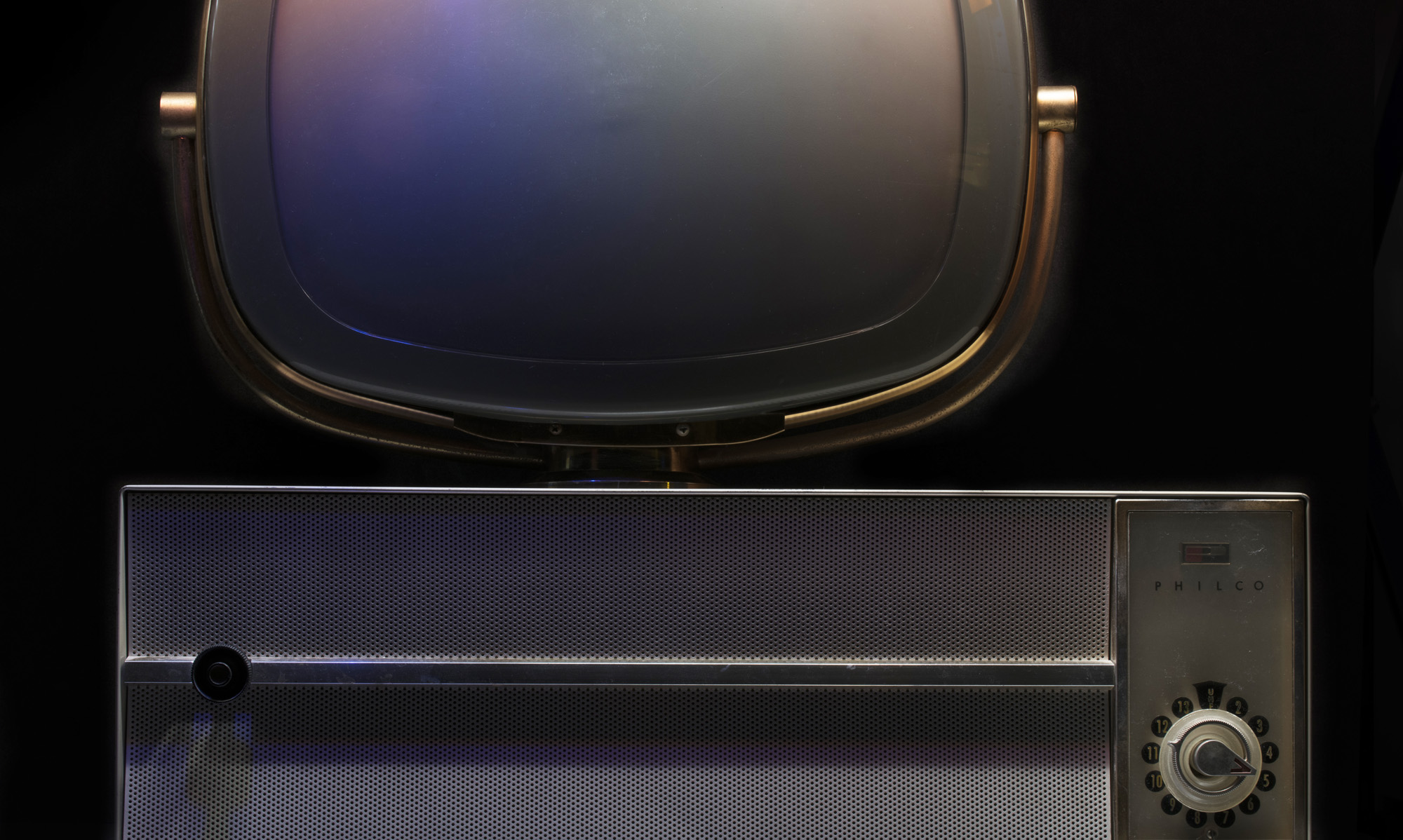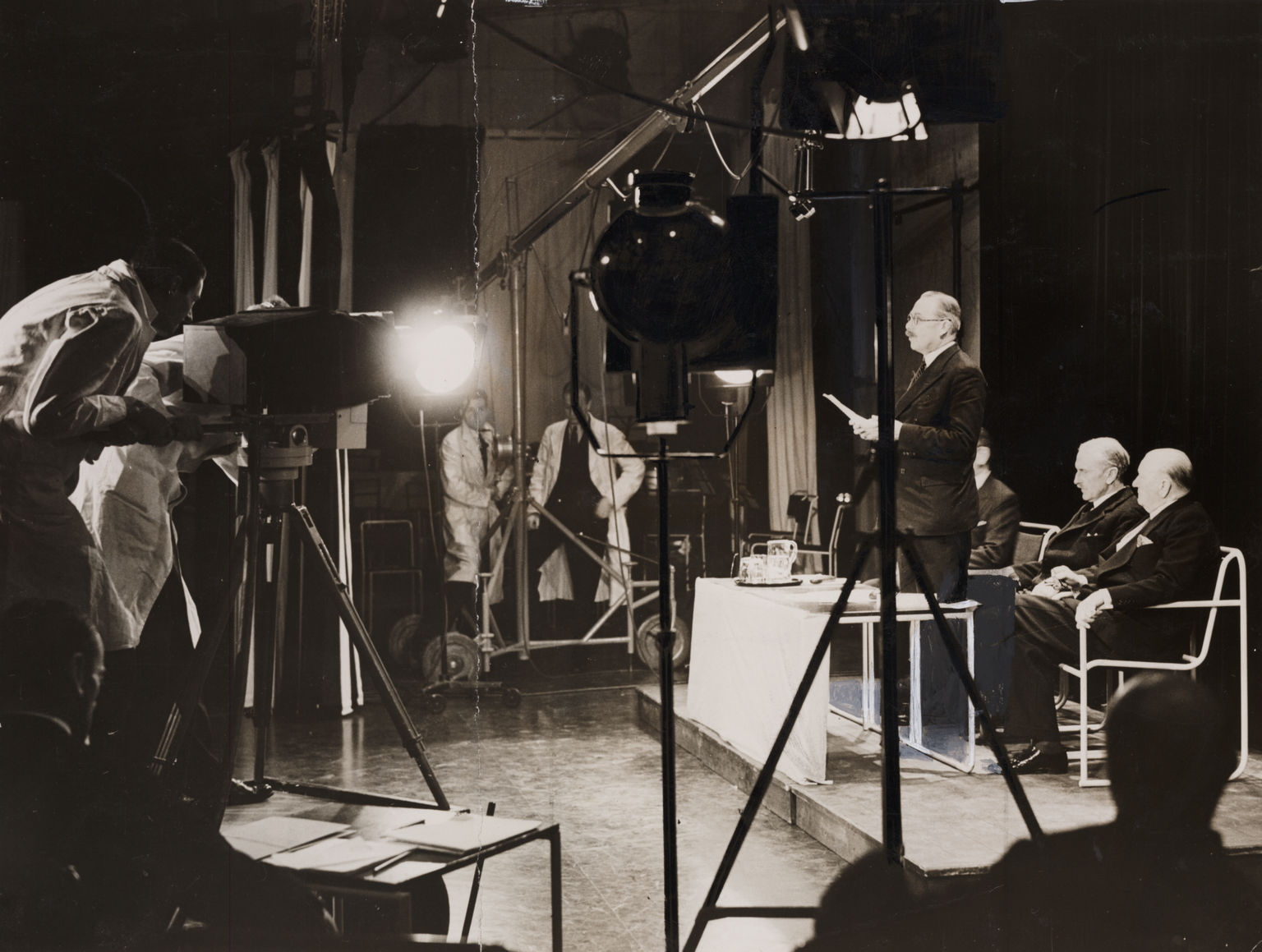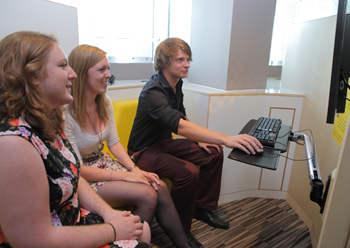
Emily Rees discusses how private archives, like the C.O. Stanley Pye Collection, can offer invaluable insights into the history of media in Britain.

Our collection includes iconic objects from the history of television and radio, and we explore sound and vision technologies through our galleries and exhibitions.

Emily Rees discusses how private archives, like the C.O. Stanley Pye Collection, can offer invaluable insights into the history of media in Britain.

80 years ago today, Alexandra Palace became the birthplace of British television as we know it.

Amanda Lynsdale discusses some of what she discovered while cataloguing the extensive BBC Collection, acquired in 2012.

Iain Baird looks back at the launch of BBC2 50 years ago, and explains how Play School accidentally became the first successfully broadcast show on the new channel.

Iain Baird reveals the technology behind our latest television collection acquisition, and explains why the Scophony television scanner is not to be scoffed at.

In 1931 a revolutionary type of microphone housed in an unusual sideways teardrop-shaped capsule was introduced by the BBC. Its oddly-shaped housing earned it the nickname ‘the bomb’.

Iain Logie Baird takes a look at some of the children’s television puppets we’ve acquired as part of the BBC Collection—from Bill and Ben to the Fimbles.

As TV Licensing announces that there are now fewer than 12,000 black and white TV licensees remaining in Britain, Iain Baird looks back at the decline of black and white.

In 1975, the idea of video recording at home was unheard of. But a major development in TV’s history was just around the corner with the advent of Betamax.

Iain Logie Baird investigates the history of the most modern and largest TV factory in all of Europe—just down the road from the museum here in Bradford.

If the latest influx of reality TV isn’t your bag, come in from the cold and work your way through 2,500 TV and film titles from the BFI National Archive.

Curator Iain Logie Baird looks back at this forgotten gem of a short story and considers the Bradford-born author’s many contributions to television.